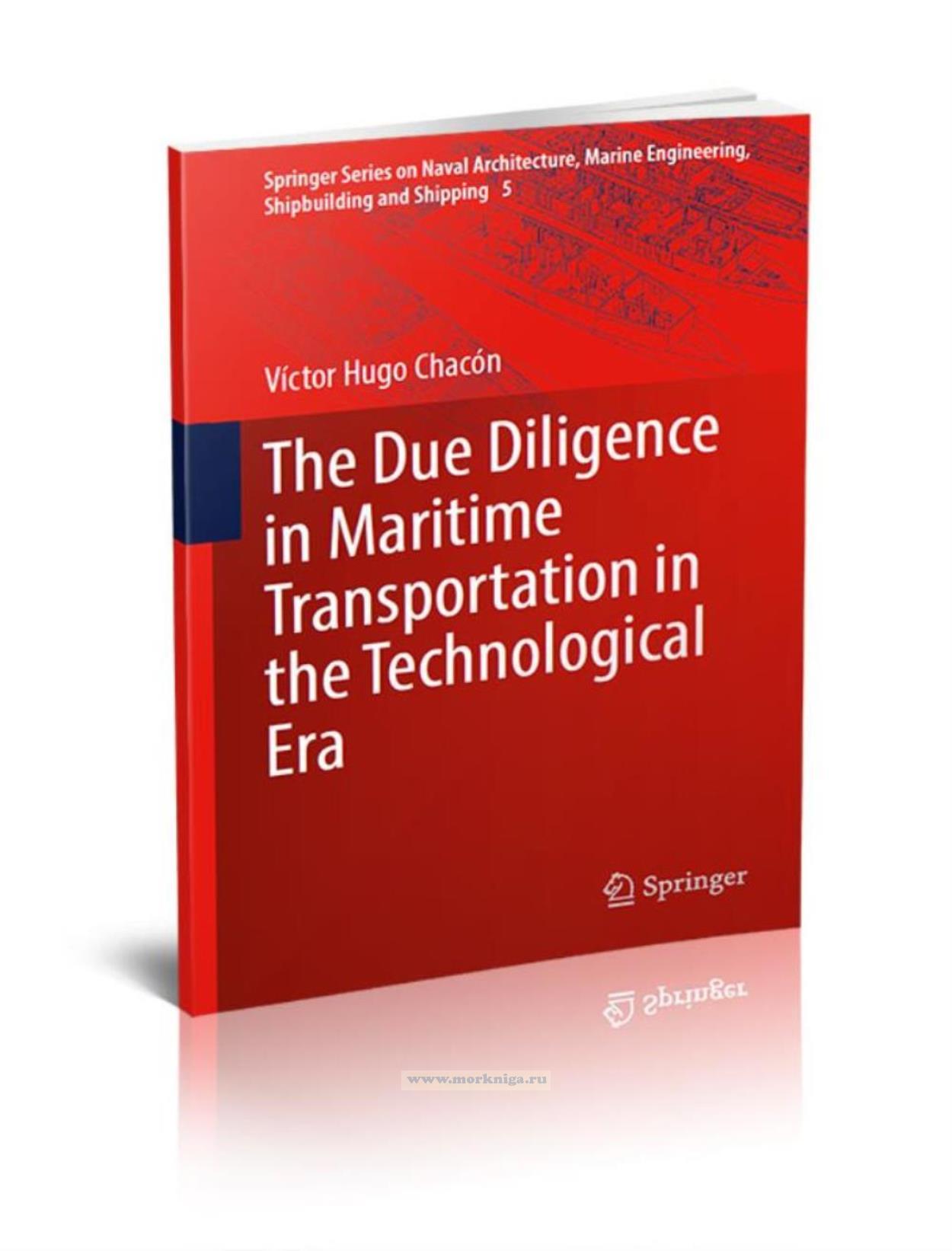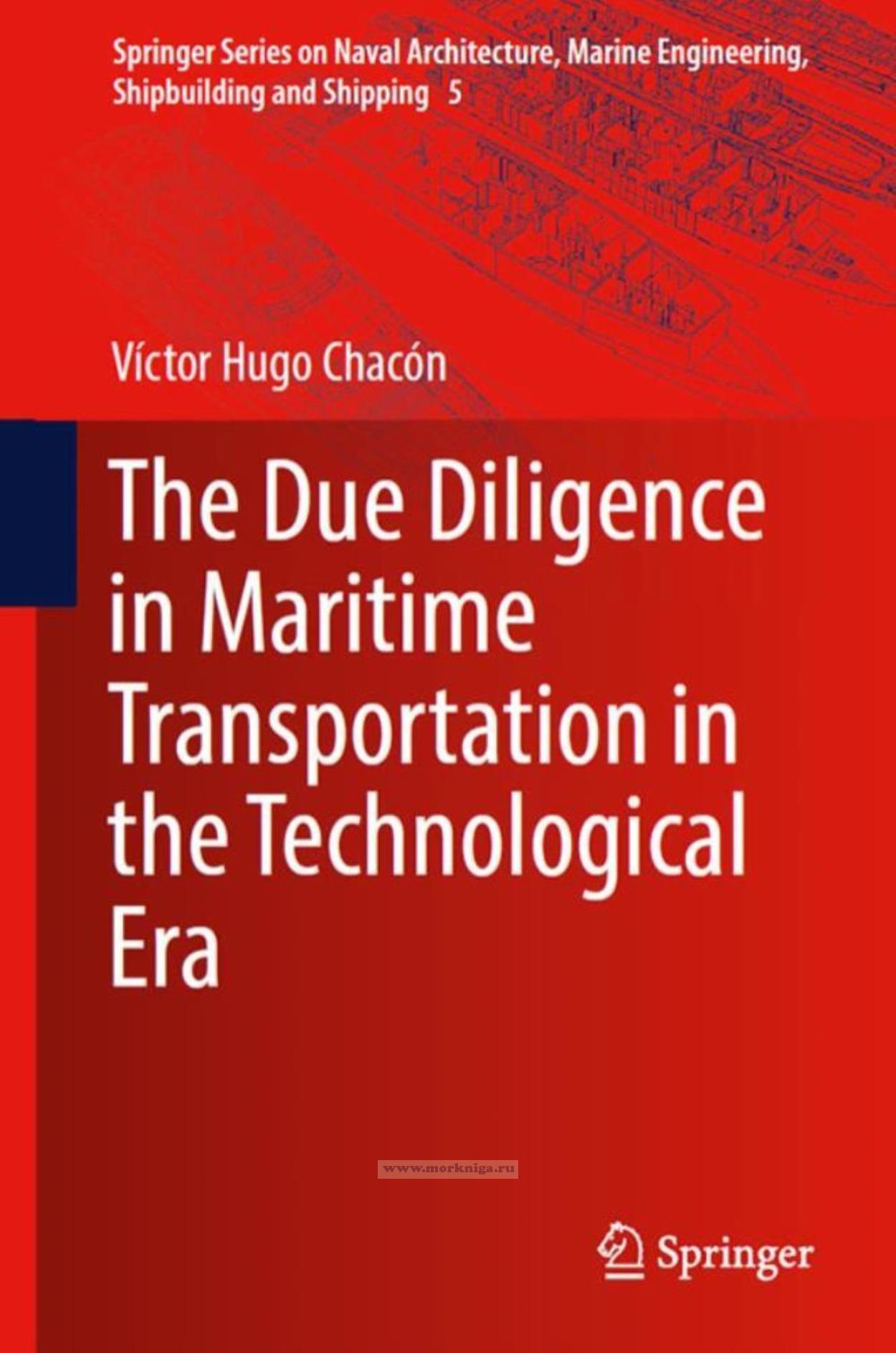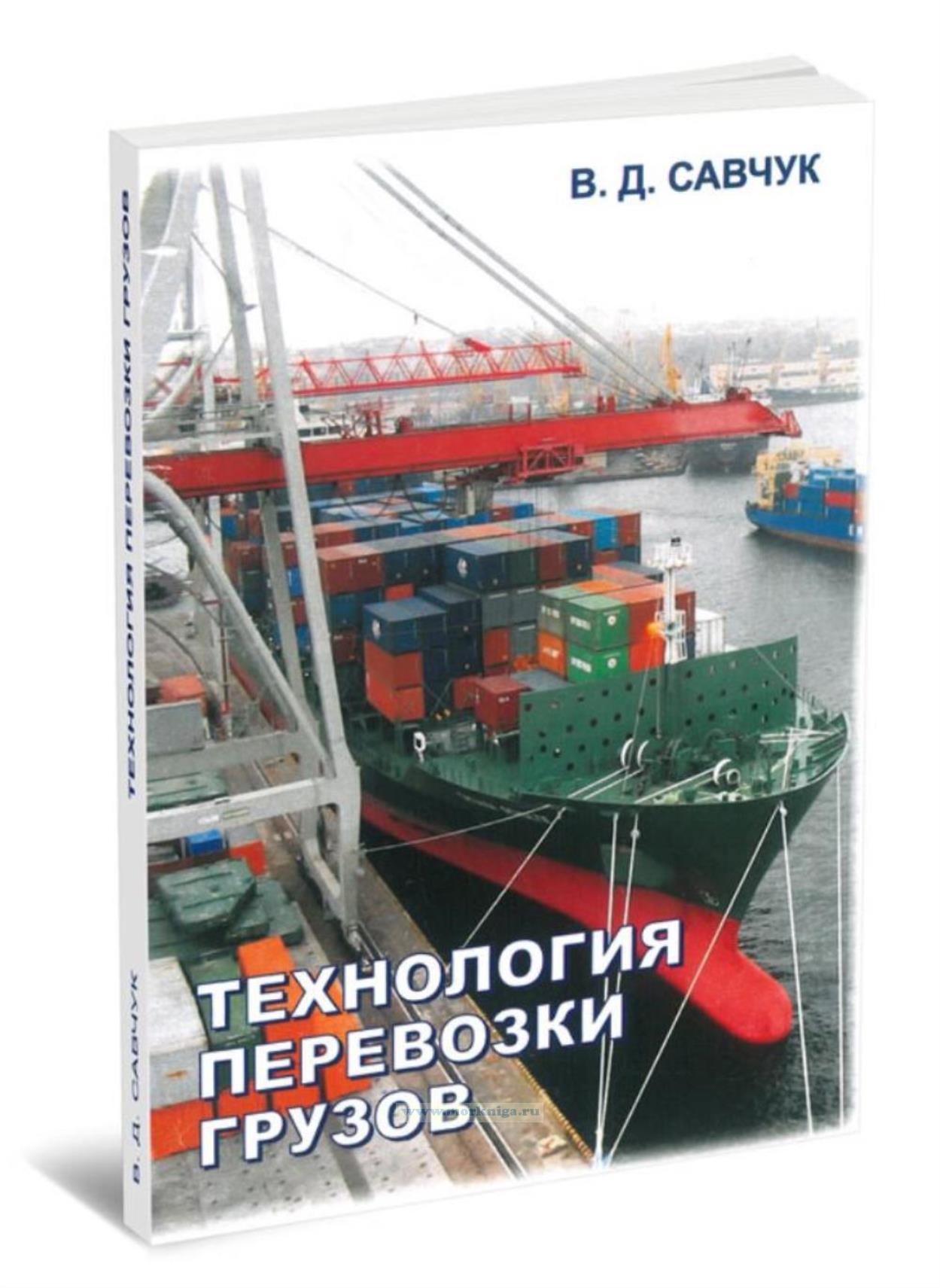The Due Diligence in Maritime Transportation in the Technological Era/Должная осмотрительность в морских перевозках в технологическую эпоху
Издание на английском языке
This book discusses the problem of sea carriers’ liability, with a particular focus on role of the technologies that have been employed to support maritime transport in recent decades. It examines the Hague Rules, providing an overview of the precedent standard of liability, its historical development up until its application, and its construction at the current time. To do so, it presents two exemplary studies from English and American case law, and analyzes the situations in which the courts have required the application of new technologies as part of the duties set in the current governing liability regime. Written in an easy-to-follow style, the book offers not only an unique overview of the applications of technologies in making ships both seaworthy and cargo-worthy, but also a practice-oriented guide to understanding and making decisions about sea carriers’ liability. It is intended for law practitioners as well as advanced graduate students and researchers in the field of maritime shipping, transport and insurance law.
Contents
Preface
Contents
Abbreviations
1 Introduction
1.1 Purpose of the Study
1.2 The Contract of Carriage of Goods by Sea
2 The Origin of the Obligation of Practicing Due Diligence in Maritime Transportation
2.1 The Evolution of the Standard of Carrier’s Liability in Maritime Transportation
2.2 Conclusion
3 The Obligation of Practicing Due Diligence in the Carriage of Goods by Sea
3.1 Statutory Frame of the Carriage of Goods by Sea Under Bill of Lading
3.2 The Carriers Duties Under the Hague/Hague-Visby Rules
3.3 Conclusion
4 The New Technologies Applied in Maritime Transportation
4.1 The Technological Era
4.2.1 Introduction
4.3 Carriers Liability for Lack of Application of New Technologies
4.4 Conclusion
Summary of the Study
List of Cases Cited and Reported
References


 Технология перевозки грузов
Технология перевозки грузов  Формы договора морской перевозки
Формы договора морской перевозки